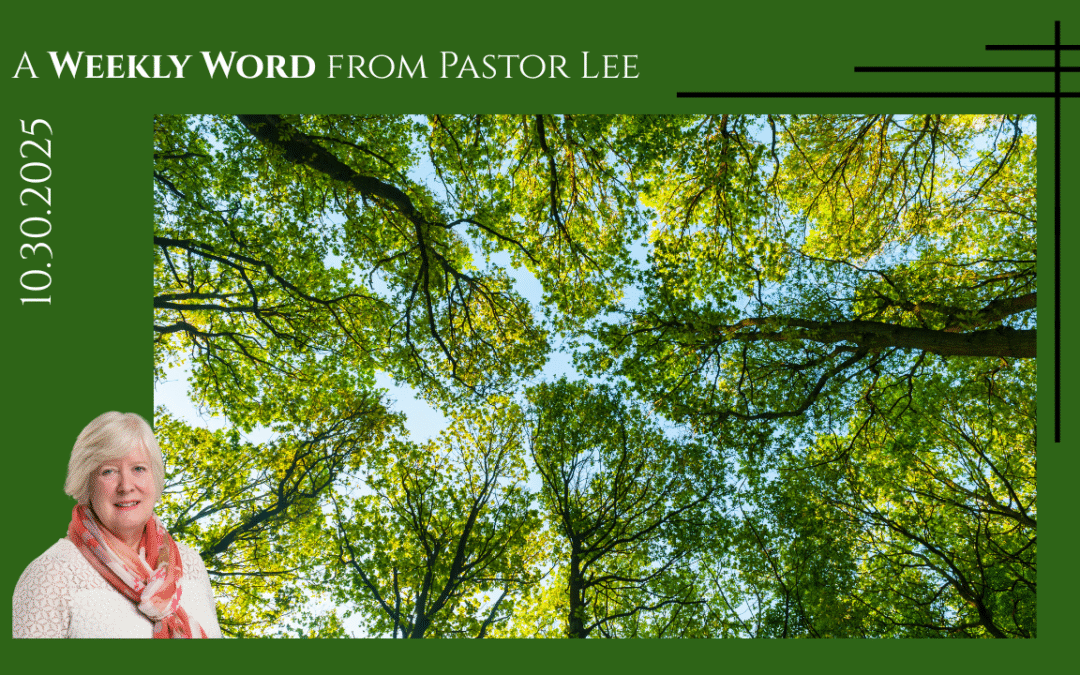I listened this morning as a father spoke of his three young sons, 3, 4 and 7, all lost to a bomb that fell last winter on their home in Gaza. The family had returned to that home after a ceasefire that did not hold. Returning again to rubble during the current ceasefire, their father spoke of his grief, including for these dear sons. “They didn’t see a single beautiful day. They opened their eyes to the world and all that they saw was war.”
I heard these words from the safe distance of voices on a podcast (here’s the link). My accustomed route to church felt different against the backdrop of the destruction in Gaza, where four out of five structures are destroyed, and familiar streets impossible to locate with every landmark leveled. The time I have today looks very different from this struggle happening—and still deepening, with 100 killed in strikes just last night—half a world away.
When we celebrate All Saints Day this weekend, we’re celebrating the time we have. The time those we’ve loved had. We don’t pick when we’re born, nor (most of us) when we die. We don’t choose the hometown with which our stories are interwoven, nor its fate at the hands of bombs, hurricanes, or decisionmakers that change its future with the swipe of a pen. We don’t control the economics, the politics, the technology, or the changing cultural tides that will eventually be seen to have characterized our eras.
We simply have the time we have. However long or short that is. Which will partake of ease, delight, challenge, pain, wonder, love, loss, and more, in uneven and perhaps always unfair portions.
Pondering all this, I opened my email to find a reflection from enfleshed by our own Anna Blaedel titled “Loving (in) the Time We Still Have.” I hope you’ll click that link to get to their words, and the challenge contained there, that seems especially fitting on this All Saints weekend.
Anna describes the enormous output of acorns a single oak tree can produce in “mast years”—a term I didn’t know. It’s used to describe a phenomenon that occurs every few years when some species of trees and shrubs produce a bumper crop of their fruits or nuts. “During mast years, trees practice their laborious commitment to a future they may or may not lives to see,” Anna says, and then continues:
We do not know how much time we have left. None of us, nor us collectively.
What kind of legacy do we want to leave?
What possible futures do we want to seed?
All Saints Day encourages us not just to look back and be thankful for—and grieve the death of—those who have come before. It’s also a day to wonder what our own legacies will be. When our names get recalled on future All Saints Days, what legacy will be remembered? What stories will be told to signify how we seeded a more abundant, peaceful, just future, for the sake of the world?
Or, might we say, for the sake of those children yet to be born who—and don’t you long for this to be true?—when they open their eyes, will see everything but war?


